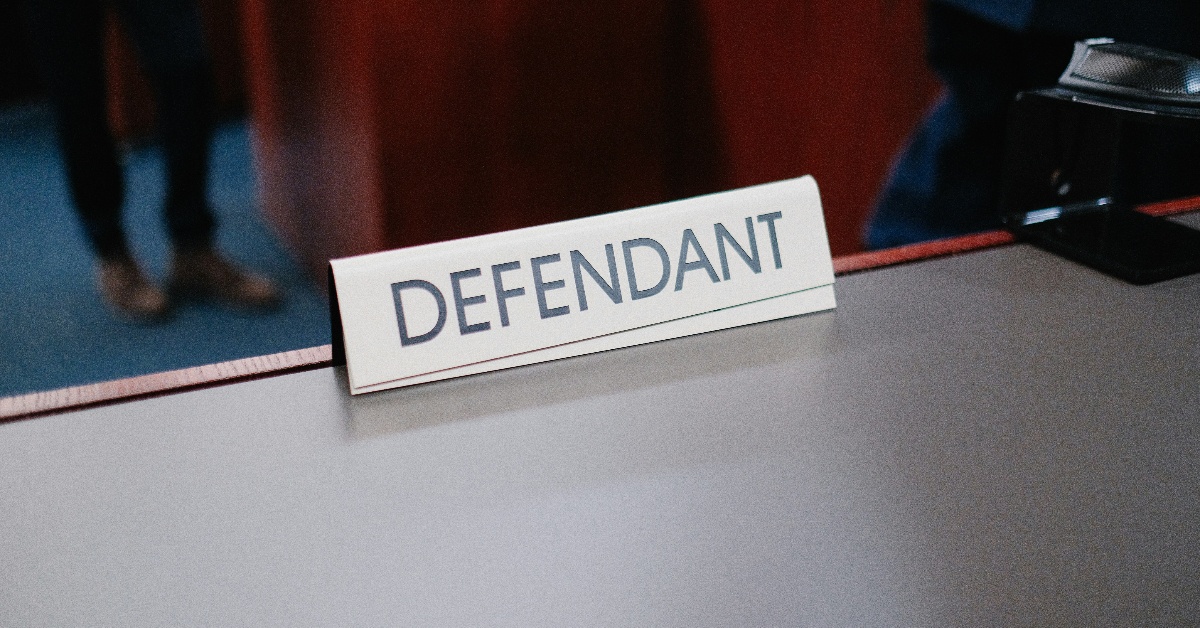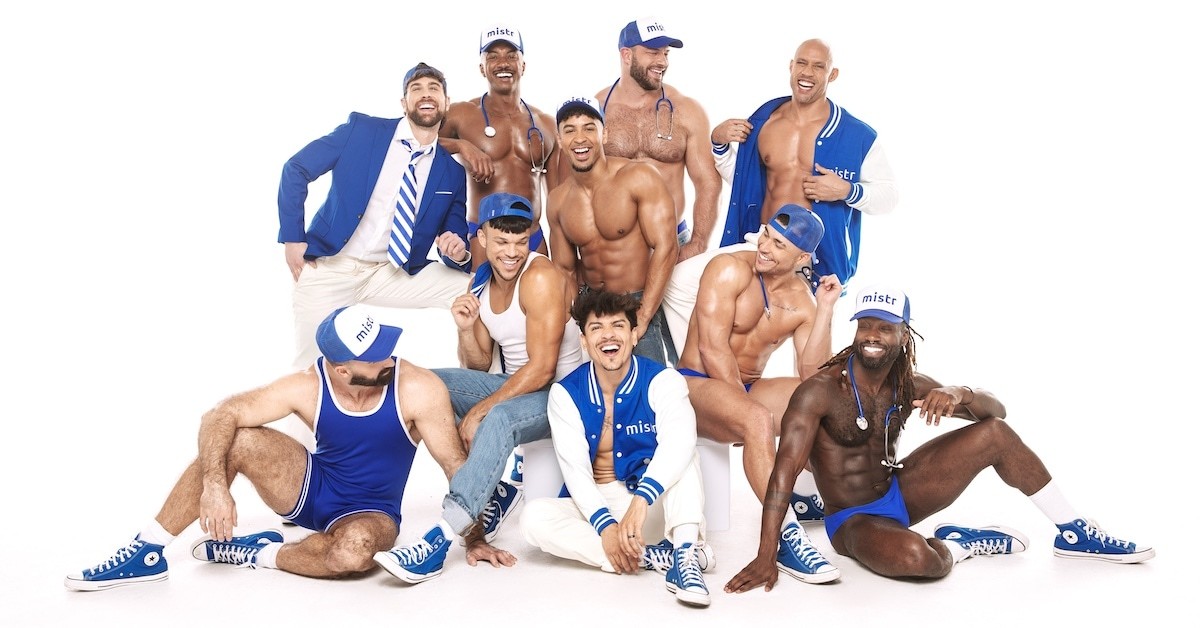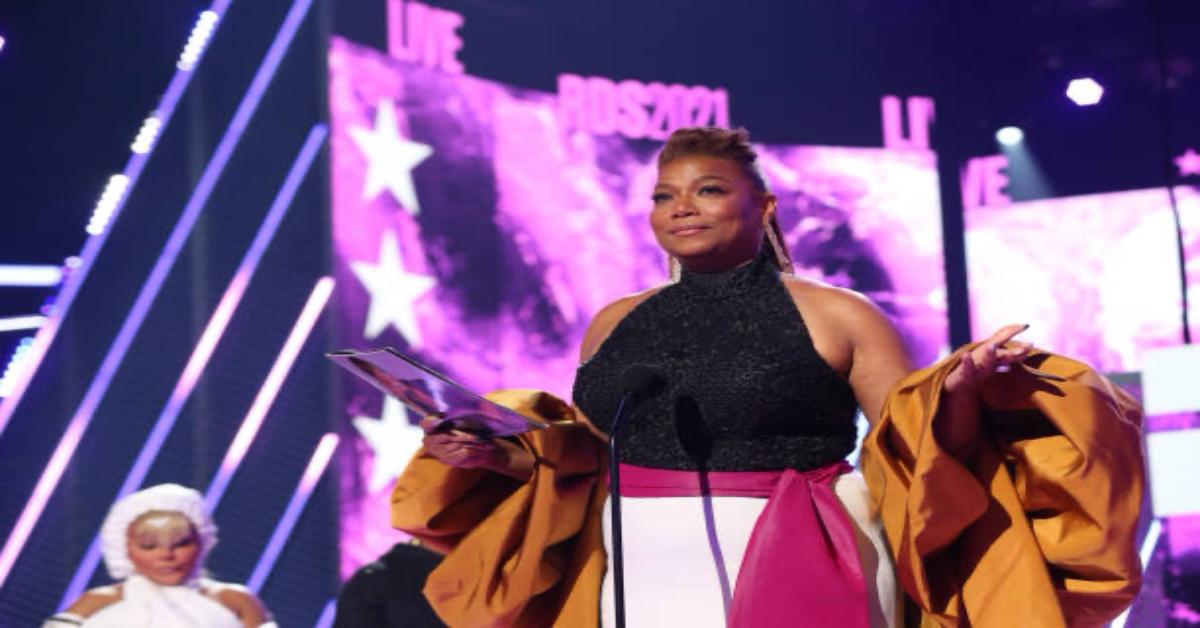BY: Shayla Brown
Published 2 months ago

LinkedIn’s latest policy change flew under the radar — but the implications are massive. As of July 28, 2025, the site quietly removed explicit language in its Hateful and Derogatory Content policy that prohibited both misgendering and deadnaming transgender individuals. That wording had previously affirmed protections for trans and nonbinary users by naming these harmful acts as unacceptable.
While broader protections for “attacks, denigration, intimidation, dehumanization” based on gender identity remain in place, critics say removing the specific phrasing undermines clarity and weakens enforcement.
Why the Clause Mattered—and Why Its Removal is a Problem
Deadnaming is the act of referring to someone by their birth name after they have changed it, and misgendering is using pronouns that don’t reflect someone’s identity. Both are not just insensitive — they’re forms of identity erasure and can cause serious psychological harm.
By explicitly banning these behaviors, policies sent a clear message: trans identities are valid and protected. Without that language, moderation becomes vague—and harmful behavior may go unchecked. That means the burden falls back on trans and nonbinary users to prove they’ve been harassed, instead of the platform making its boundaries clear.
On a site like LinkedIn, where professional reputation and safety are everything, uncertainty has real consequences. People looking for jobs, clients, and networking opportunities should not have to worry about being targeted and then told the rules are “open to interpretation.”
How Advocates Responded—and What Backlash Might Be Brewing

GLAAD slammed LinkedIn’s change as “an overt anti-LGBTQ move” — and warned it sets a dangerous precedent for other platforms.
LinkedIn maintains it still prohibits personal attacks, including misgendering, under its broader harassment policy — but critics say that’s hollow reassurance without explicit language. After all, clarity in moderation policies doesn’t just protect the people most vulnerable to abuse; it also gives moderators the tools to enforce consistently.
The removal also comes at a moment when LGBTQ protections are under attack in legislation, schools, and workplaces across the U.S. For many, this feels less like a neutral update and more like a signal that trans protections are negotiable. That’s why advocates warn the decision could trigger public backlash, especially from trans creators and allies who rely on LinkedIn as one of the few professional platforms where identity should be safeguarded.
The question now is: will user pressure force LinkedIn to reverse course?
What This Means for LinkedIn—and for All of Us
-
Policy precision matters. Without explicit mention of misgendering and deadnaming, enforcement becomes murky.
-
Safety feels optional. For trans professionals seeking space, this change chips away at platforms that should affirm, not erase.
-
We need accountability. Platforms must resist rolling back basic dignity protections—especially when no public justification has been offered.
What do you think about LinkedIn’s decision to remove protections against misgendering and deadnaming? Should the platform restore those explicit clauses? Comment below!










